Like many other true nuts, acorns are an excellent source of food, and they provided people with a wealth of health and food recipe ideas in earlier times. Today, they’re still in fashion as a food, and rightly so, because they’re filled with B vitamins, protein, little fat, and they’re a decent complex carbohydrate, and are good for controlling blood sugar levels.X Every species of acorn is edible, but some taste better than others. However, it is very important you do not eat them raw; in order to not eat acorns that are bitter-tasting and toxic, you’ll need to process them first. Here are directions and some suggestions about how to use acorns as food.
StepsMethod 1Method 1 of 2:Processing Acorns to Eat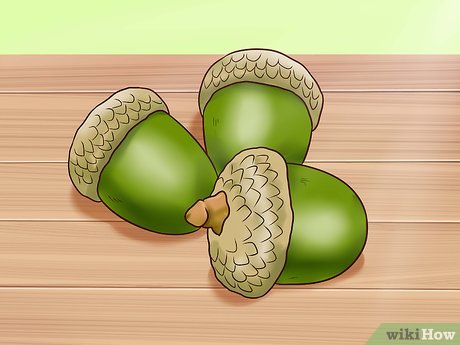
1Gather your ripe acorns. Look for and only use brown acorns, as these are ripe; green acorns are unripe and are unsuitable for eating (but mature green acorns can ripen in a clean, dry place). Avoid any acorns that appear mildewed, dusty, blackened, etc. Quality nutmeat will be yellowish in colour.XUnprocessed, natural nuts of various kinds of oaks:White oaks produce bland tasting acorns. The best for harvesting are the swamp white oak, Oregon white oak, and the burr oak.X Generally, these won’t need leaching.Red oaks produce bitter tasting acorns.The Emory oak’s acorns are mild enough to not require processing.XBlack oaks produce very bitter tasting acorns and need a lot of leaching to overcome this.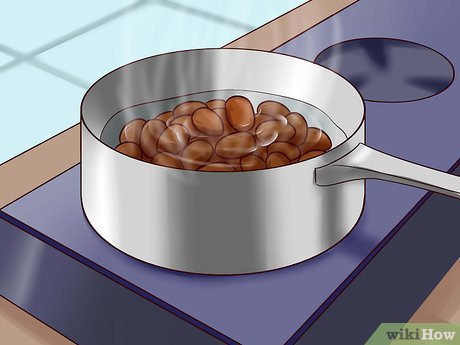
2Leach the acorns of tannins. Untreated raw acorns contain high concentrations of tannic acid, causing their taste to be bitter and them to be toxic to humans if eaten in large quantities.X It is possible to remove the tannic acid by simply leaching it out of acorns in a pot of boiling water,X pouring out the hot water and having repeated changes of water. Continue doing this until the water does not turn brown after you have strained and replaced it.Another method for leaching: place one tablespoon of baking soda into one litre of water. Leave the acorns to soak in the baking soda infused water for 12-15 hours.A Native American or rustic method is bagging the nuts and allowing them to soak in a clean, flowing stream for a few days until no brown-colored water is seen when checking their progress.X
3Remove the acorns once leached and leave to simply dry or to make roasted nuts after drying, as desired. Raw acorns can be stored for months without spoiling; this dramatically increases their value, being a “process as needed food resource”, however, they must be dry or otherwise they can get moldy and mildewed. But only when leached are they ready to use.Method 2Method 2 of 2:Using Acorns in Recipes
1Make acorn “coffee”. Peel the ripe, processed acorns. Divide the kernels. Place in an ovenproof dish and cover. Roast in a low heat oven to dry slowly. Once roasted (light, medium or dark), grind. The resulting mixture can be blended into commercial coffee — or used on its own to make acorn coffee. 
2Make acorn flour, whole — or sift to remove fiber to make a finer cake flour called acorn starch! Read How to make acorn flour for instructions. Use the flour to make breads, muffins, etc.Korean cooking is largely the only cuisine that features acorn starch. Some Korean noodles and jellies are made of acorn starch. As acorn starch is a favorite part of this cuisine, many Asian grocery markets sell it.X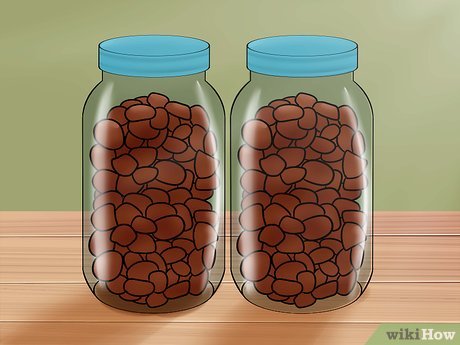
3Pickle the leached acorns in brine. Use an olive making recipe and substitute acorns for the olives to make a treat/delicacy.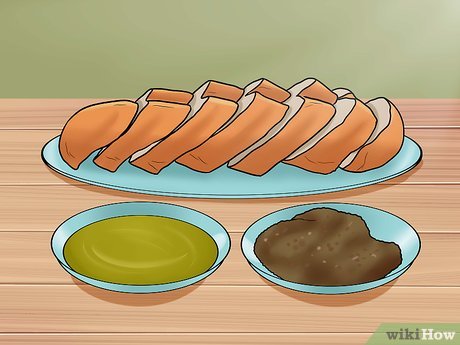
4Substitute roasted acorns for nuts and cooked legumes. They can replace many legumes and other nuts, such as chickpeas, peanuts, macadamias, etc. Follow your usual recipe and substitute acorn pieces instead. Like most nuts, they are a nutritious, dense food to use freely.Make acorn dukkah, a dry spicy mixed dip, which has many uses, but is mainly used to dip bread that has been basted with olive oil or butter.Sprinkle chopped, roasted acorns over a fresh salad.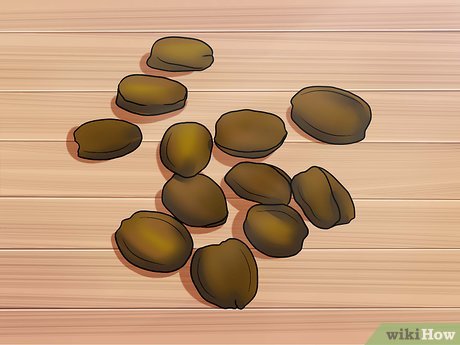
5Roast the acorns. Once roasted, remove and dip in very heavy sugar syrup.Make “acorn brittle” candy, using a peanut brittle recipe, and spread it on buttered plates to cool.Make an acorn nut butter spread that is similar to peanut, almond, hazelnut, or sunflower seed nut butter.Use recipes for low-carb pancakes (as crepes) or low-carb biscuits of acorn starch. Spread with acorn butter and add stevia!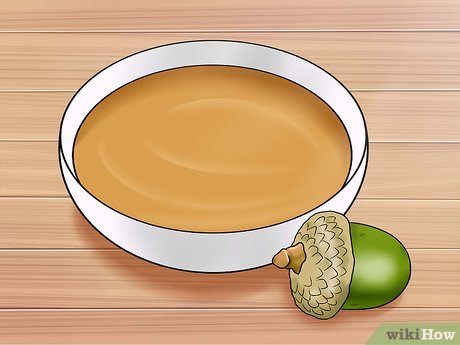
6Add acorns to stews as one might add beans or potatoes. Their nutty, slightly sweet taste adds a lovely depth to stews.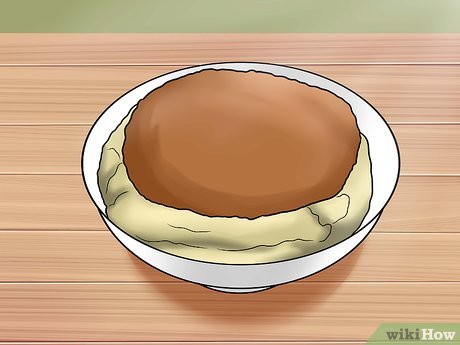
7Add ground acorns to creamed, mashed potatoes or potato salad. This can give these standards a nice lift in flavour, adding “conversation-piece” value.








